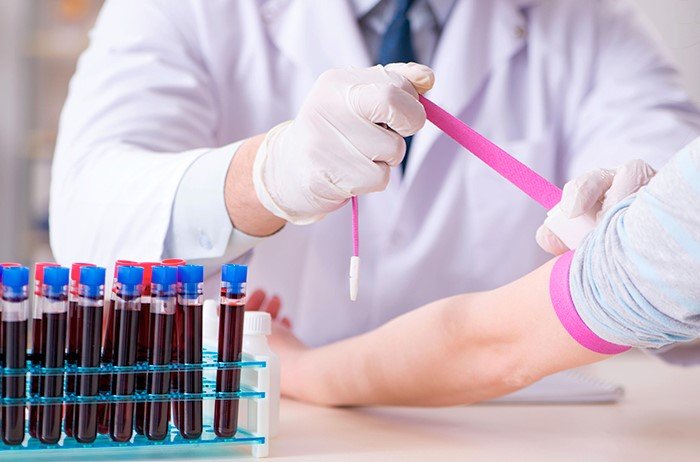Developing a Comprehensive Lab Emergency Response Plan for Hospital Supply and Equipment Management
Summary
- An effective lab emergency response plan is crucial for ensuring the safety of staff and patients in hospital supply and equipment management.
- Key components of a lab emergency response plan include risk assessment, communication strategies, and training for staff.
- Hospitals in the United States must adhere to regulatory standards and best practices to ensure their lab emergency response plan is comprehensive and effective.
Risk Assessment
One of the first steps in developing a lab emergency response plan for hospital supply and equipment management is conducting a thorough risk assessment. This involves identifying potential hazards within the lab environment that could lead to emergencies, such as fires, chemical spills, or equipment malfunctions. By understanding these risks, hospitals can develop strategies to mitigate them and create a safer working environment for staff and patients.
Identifying Potential Risks
During the risk assessment process, hospital administrators should consider factors such as:
- The types of equipment and supplies used in the lab
- The layout of the lab space and potential hazards present
- The likelihood of emergencies occurring based on past incidents or industry data
Creating Risk Mitigation Strategies
Once potential risks have been identified, hospitals can develop strategies to minimize the impact of emergencies. This could include:
- Implementing safety protocols for handling hazardous materials
- Installing emergency shut-off switches for equipment
- Training staff on emergency response procedures
Communication Strategies
Effective communication is essential during emergencies to ensure that staff can respond quickly and appropriately. Hospital supply and equipment management teams must develop clear communication strategies as part of their emergency response plan to keep staff informed and coordinated during crisis situations.
Establishing Chain of Command
One important aspect of communication planning is establishing a clear chain of command. This ensures that decisions can be made quickly and efficiently during an emergency, helping to prevent confusion and ensure a coordinated response.
Utilizing Communication Technology
Hospitals can also leverage communication technology to enhance their emergency response efforts. This could include using mobile devices to send alerts to staff, implementing emergency notification systems, or establishing a dedicated emergency communication hotline.
Training for Staff
Finally, training staff on emergency response procedures is crucial for ensuring a swift and effective response to emergencies in hospital supply and equipment management. Hospitals should provide regular training sessions to educate staff on the proper protocols to follow during different types of emergencies.
Emergency Drills
Conducting regular emergency drills is a valuable training tool for hospital supply and equipment management teams. These drills simulate real-life emergency scenarios, allowing staff to practice their response and identify areas for improvement in the emergency response plan.
Continuing Education
Emergency response procedures can evolve over time, so it's important for staff to receive ongoing education and training. Hospitals should provide opportunities for staff to participate in refresher courses, workshops, and seminars to stay up-to-date on the latest emergency response protocols and best practices.
In conclusion, developing a comprehensive lab emergency response plan is essential for hospital supply and equipment management in the United States. By conducting a thorough risk assessment, implementing clear communication strategies, and providing ongoing training for staff, hospitals can ensure they are prepared to respond effectively to emergencies and keep their staff and patients safe.

Disclaimer: The content provided on this blog is for informational purposes only, reflecting the personal opinions and insights of the author(s) on the topics. The information provided should not be used for diagnosing or treating a health problem or disease, and those seeking personal medical advice should consult with a licensed physician. Always seek the advice of your doctor or other qualified health provider regarding a medical condition. Never disregard professional medical advice or delay in seeking it because of something you have read on this website. If you think you may have a medical emergency, call 911 or go to the nearest emergency room immediately. No physician-patient relationship is created by this web site or its use. No contributors to this web site make any representations, express or implied, with respect to the information provided herein or to its use. While we strive to share accurate and up-to-date information, we cannot guarantee the completeness, reliability, or accuracy of the content. The blog may also include links to external websites and resources for the convenience of our readers. Please note that linking to other sites does not imply endorsement of their content, practices, or services by us. Readers should use their discretion and judgment while exploring any external links and resources mentioned on this blog.
